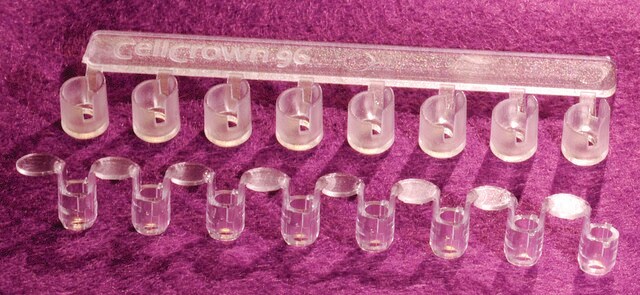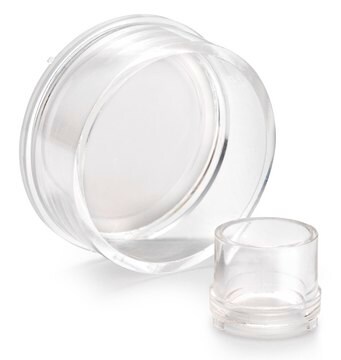Z681822
CellCrown™ inserts
6 well plate inserts with 1.0 μm polycarbonate filter, sterile
Synonyme(s) :
3D, 3D Cell Culture, 3D scaffolds, cell scaffolds
About This Item
Produits recommandés
Matériaux
clear polycarbonate
Stérilité
sterile
Caractéristiques
lid
Conditionnement
pack of 3 ea
Fabricant/nom de marque
Scaffdex C10003F
Taille
6 wells
Dimension de pores
1 μm
Vous recherchez des produits similaires ? Visite Guide de comparaison des produits
Description générale
Sterilization Conditions:
Temperature.......121 °C / 250 °F
Time..................15 min.
Drying time.........15 min.
Informations légales
Faites votre choix parmi les versions les plus récentes :
Certificats d'analyse (COA)
It looks like we've run into a problem, but you can still download Certificates of Analysis from our Documents section.
Si vous avez besoin d'assistance, veuillez contacter Service Clients
Déjà en possession de ce produit ?
Retrouvez la documentation relative aux produits que vous avez récemment achetés dans la Bibliothèque de documents.
Global Trade Item Number
| Référence | GTIN |
|---|---|
| Z681822-3EA | 4061833571835 |
Notre équipe de scientifiques dispose d'une expérience dans tous les secteurs de la recherche, notamment en sciences de la vie, science des matériaux, synthèse chimique, chromatographie, analyse et dans de nombreux autres domaines..
Contacter notre Service technique






